In 2002, 20 grams of Da Hong Pao (Big Red Robe) tea was sold for 180,000 yuan – equivalent to almost US $28,000. That works out at $1400 for 1 gram of the loose leaves and more than US$10,000 to brew a pot, and it makes this beautiful oolong the most expensive in the world.
Oolong translates as ‘black dragon’ and the large, twisted, brownish-black dry leaves often resemble dragons or serpents.
What is Da Hong Pao and where does it come from?
This world famous tea is produced in the Wuyi Mountains in the north west of Fujian province, an area that has a very long tea history and which in 1992, were designated a UNESCO World Heritage site. The soil in this volcanic mountain range is very rocky and the plants have to wind their roots around the rocks to find the nutrients and water that they need to thrive.
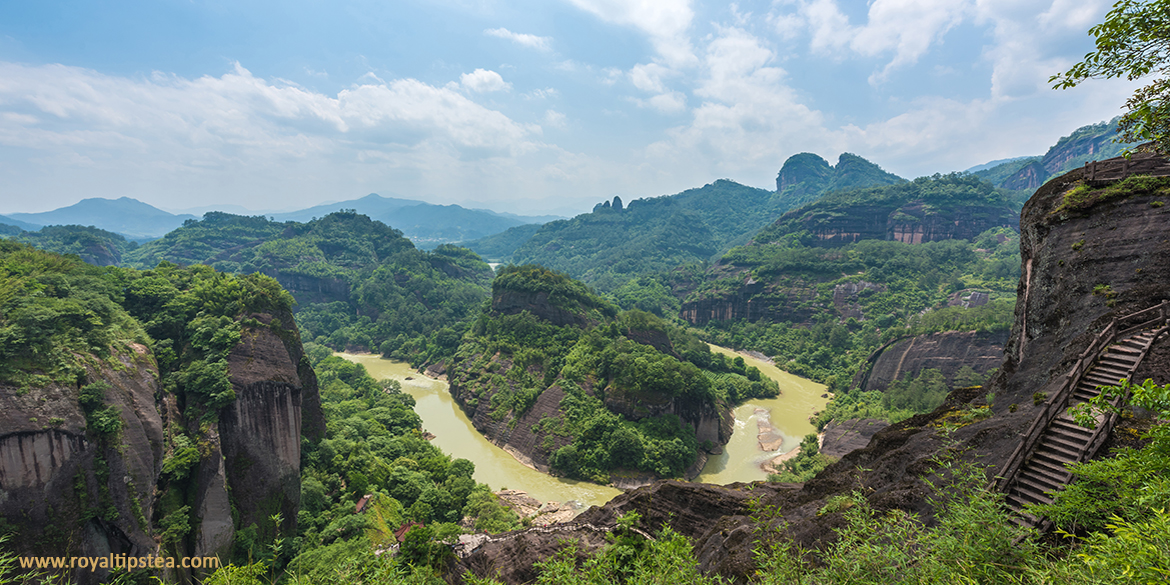
The teas made from their leaves are known as ‘rock oolongs’ or ‘yan cha’ and often have a mineral, almost flinty, wet stone character that is described as ‘petrichor’, a word devised in 1964 to mean the smell of wet earth or stone after rain has fallen (from Greek ‘petra’ meaning stone’ and ‘ichor’, meaning the fluid that flows through the veins of the gods in Greek mythology.
The bushes from which that very expensive Da Hong Pao was made sit high up on a rocky ledge in a narrow gorge surrounded by tall pillars of rock, and no-one, except a small number of designated tea masters, is allowed to approach anywhere near.
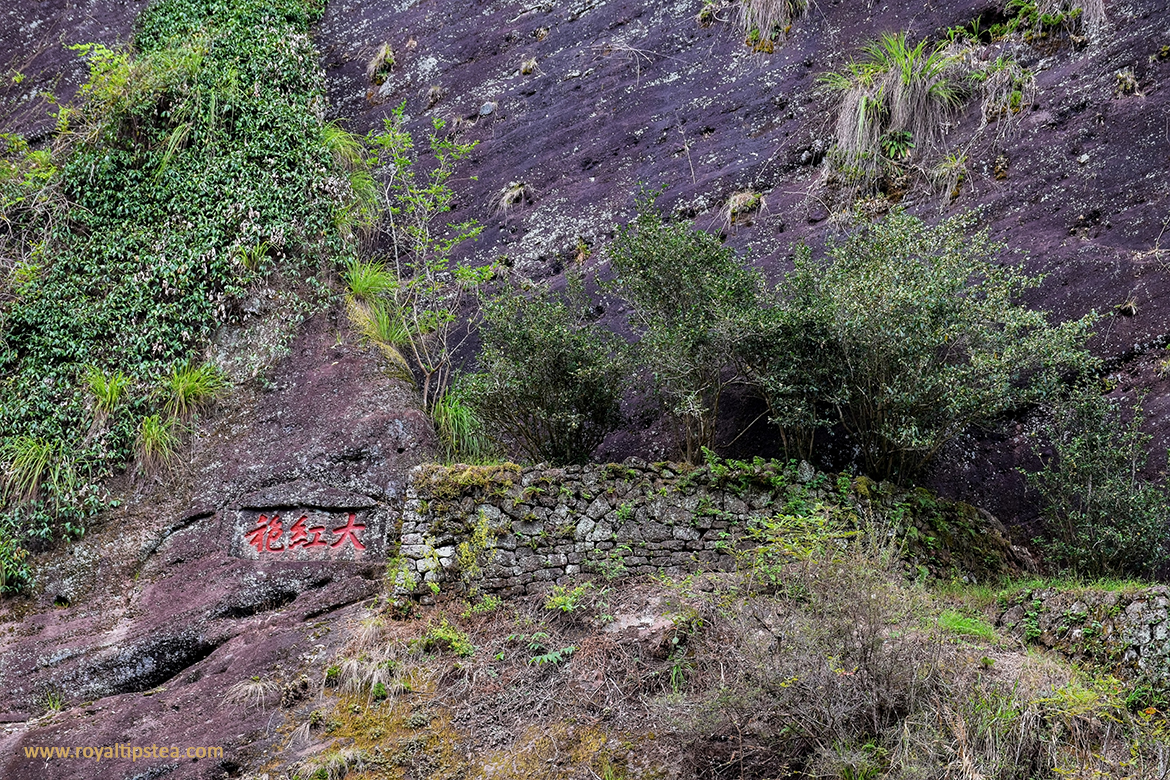
The group of four bushes (some people count 6 to include two bushes that sit slightly below the other four) have been growing here since the time of the Ming Dynasty (1368 to 1644 AD).
They became famous when the mother of a Ming Emperor was cured of an enduring illness by tea made from their leaves and the emperor sent his ‘Big Red Robe’ to cover and protect the precious bushes. Each year, only around 400g of oolong tea is made from those original bushes and it is either presented by the Chinese government to very important visiting dignitaries or it is sold at very high prices.
But not all Da Hong Pao teas cost so much and that’s because, over the centuries, cuttings have been taken from the original mother bushes and cultivated in the surrounding area. But the taste and aroma of tea made from those younger bushes vary according to the specific location where they grow. The soil, weather patterns, temperatures, amount of sun and rain, etc. can affect the way in which the bushes grow and the eventual flavour of the tea in the cup.
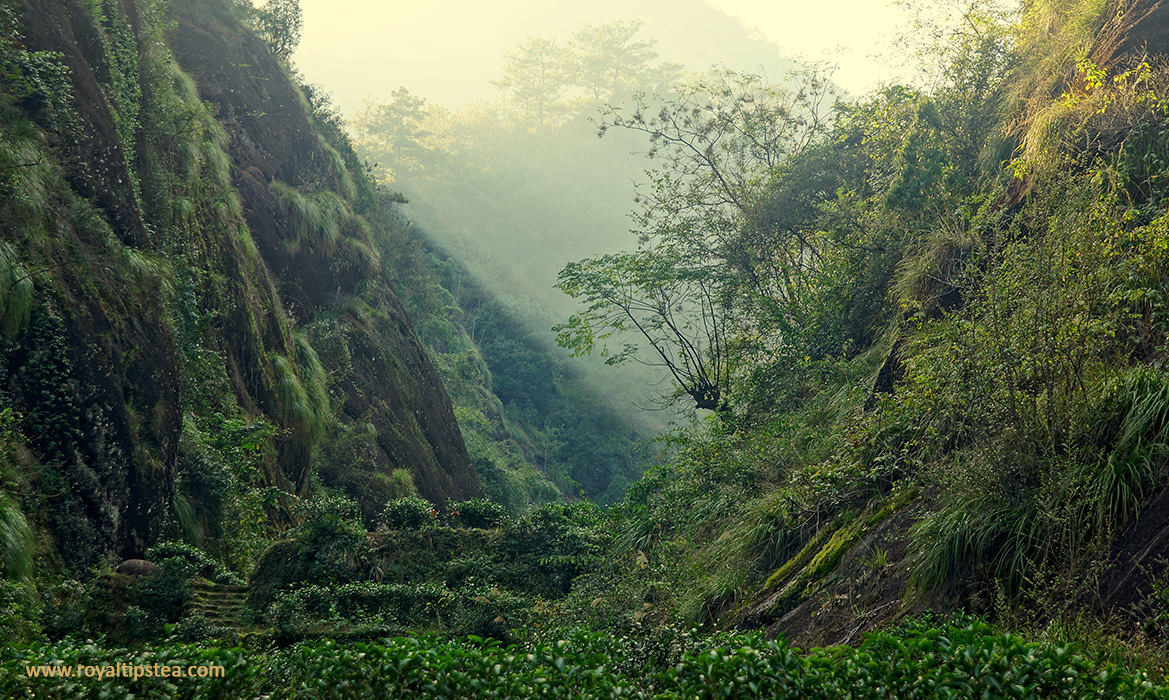
Production of Da Hong Pao oolong tea
This chinese tea is made by the usual dark oolong method.
- Shoots of 3 or 4 open leaves (no buds) are gathered in the late spring and autumn and withered in shady sunlight for about two hours.
- Then they are taken indoors, spread on bamboo baskets, and from time to time shaken, and tumbled inside a bamboo drum to gently bruise the leaves in order to provoke around 30%-40% oxidation.
- When the desired level of oxidation has been achieved, the leaves are panned to stop any further changes in the leaves, lightly rolled to develop the flavour, and then dried.
- When the leaf comes out of the drying process, the colour of the shoots is a mixture of green and brown and the leaves are still attached to the stems. All the stems and stalks are then removed by hand (the reason why only single twisted leaves are visible in the dry leaf of Da Hong Pao).
- Finally, the tea is roasted over charcoal to further dry the leaves and to develop the wonderful characteristic layers of sweet fruity flavours in the top notes and dark roasted hints of dark chocolate, molasses, dates, cocoa nibs and dried fruits.
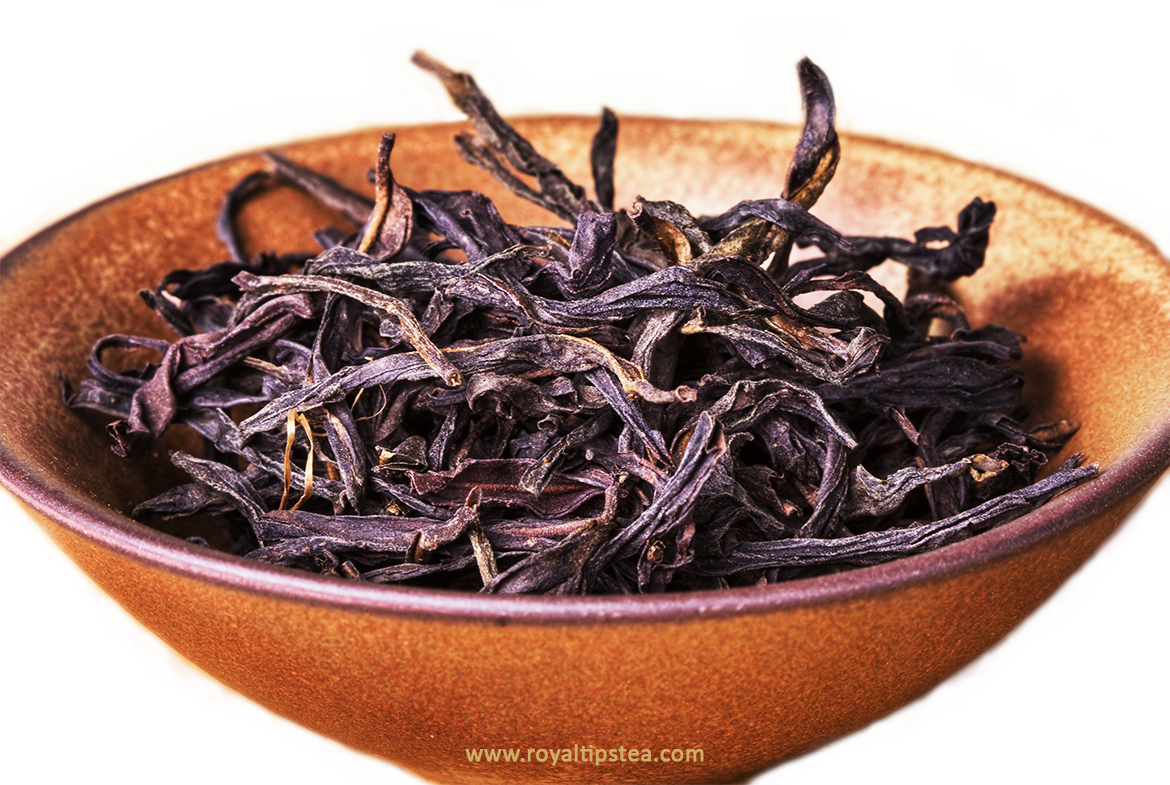

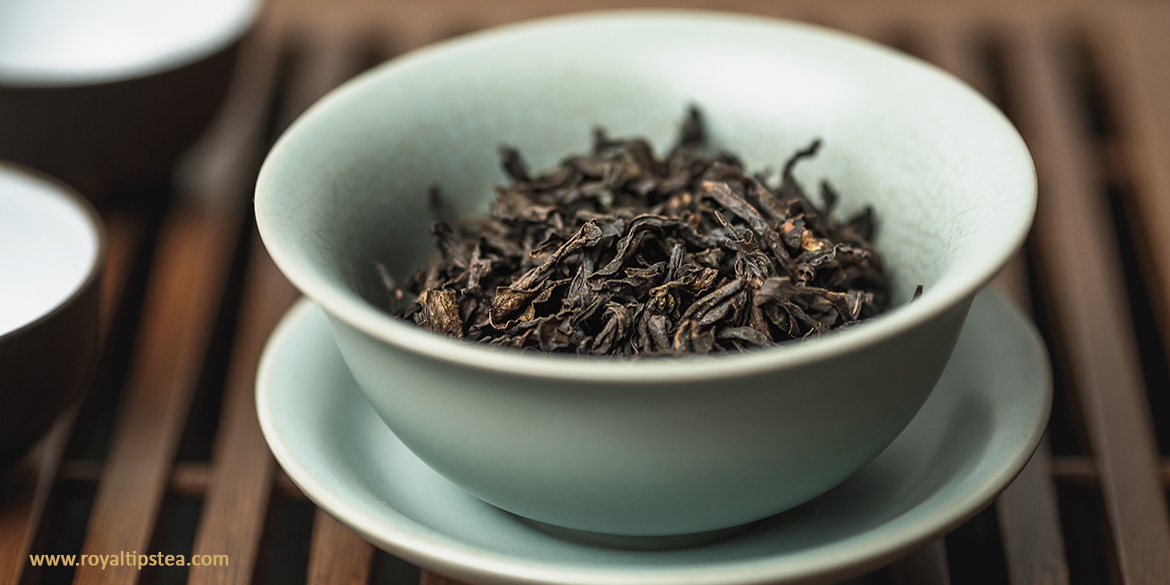
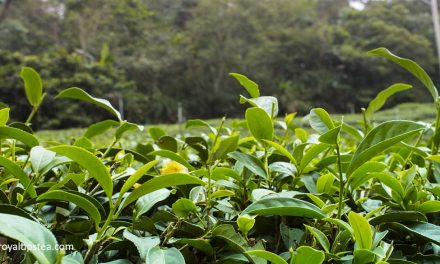
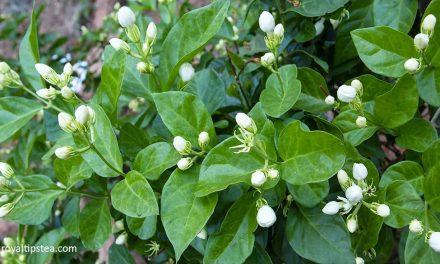
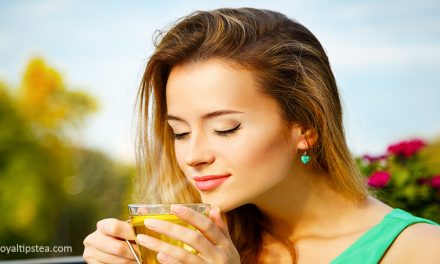
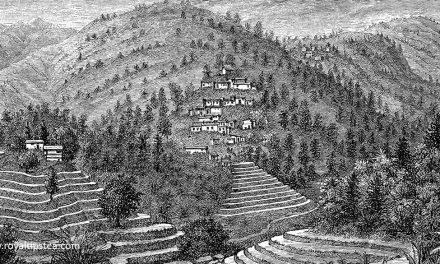
Da Hong Pao can sell for up to US$1,025,000 per kilogram or US$35,436 per ounce ( of Da Hong Pao tea from one of the mother plants was sold for ?156,800 in 1998).